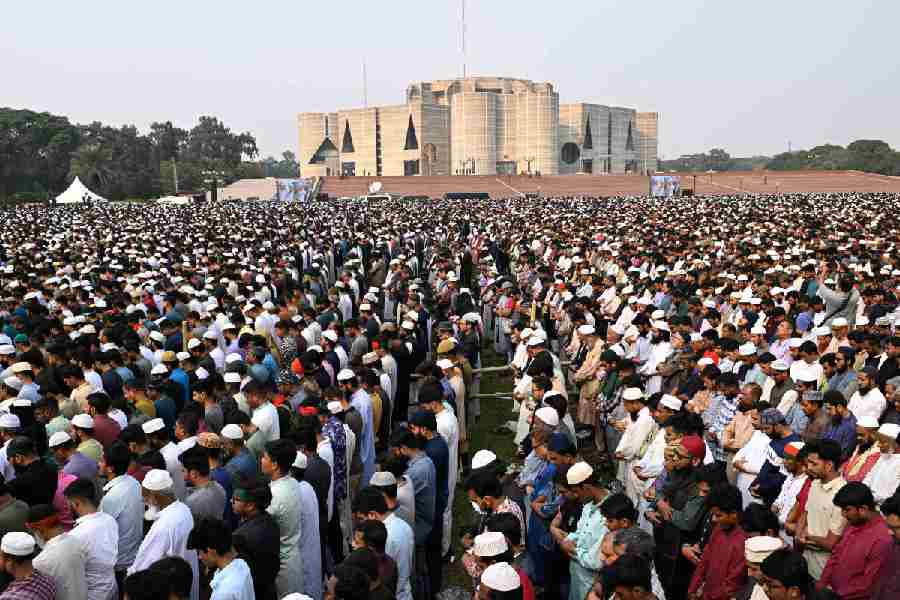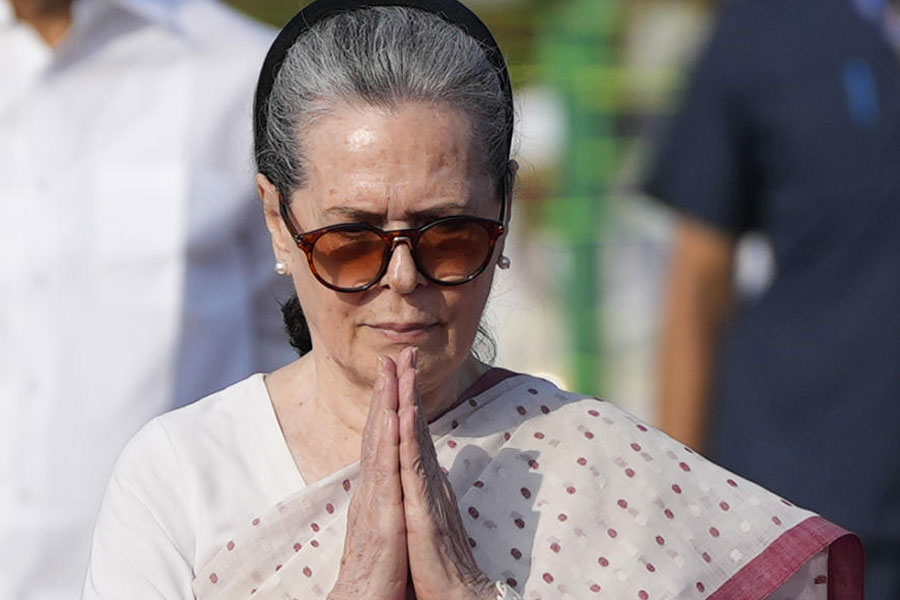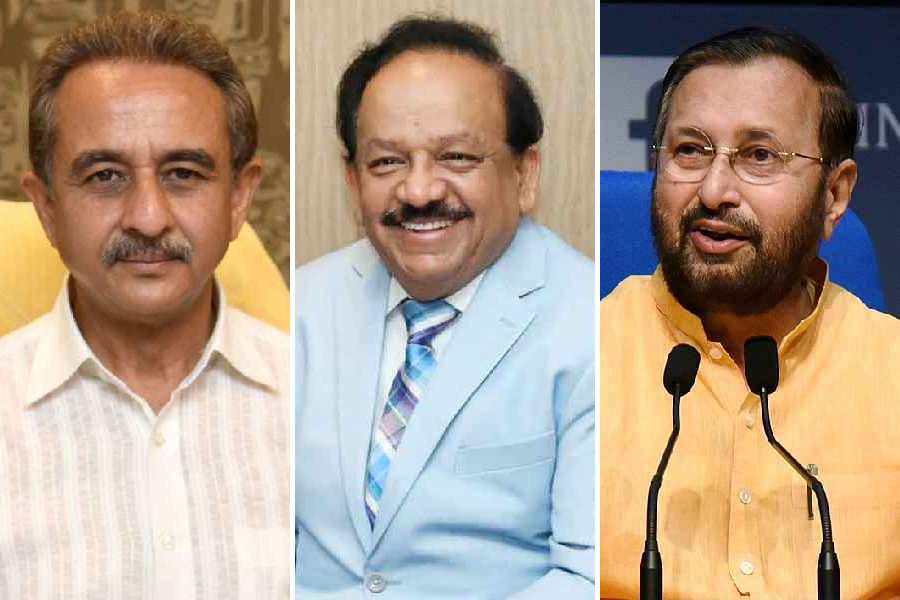 |
| Mickey Mehta advocates yoga, swimming and stretching for those above 60; (top) Leena Mogre’s (centre) gyms check clients for respiratory capacity, muscle endurance and flexibility before getting started |
 |
 |
| Rahul Narang starts off beginners with circuit training and gradually moves them to more intense sets of exercises |
It’s the defining age — 60. And people past this milestone can have vastly divergent perspectives: one suggests that the best part of life is over and it’s time to take the backseat. Another brighter perspective, looks forward to a brand new chapter in a very fit way. The rush of a mad 9-to-5 routine may be firmly behind them but the best is yet to come…
And to gainfully use spare time post-retirement, many are turning to keeping fit as fiddles. No surprise then, that the gym is no longer a place where only 20-, 30- or 40-year-olds pump iron and sweat it out. Now those in their 60s, 70s, and at times, even their 80s, are determinedly making their way to top-class gyms to keep those joints well-oiled and the body toned.
“An increasing number of senior citizens have been hitting the gym recently,’’ says Leena Mogre, director, Leena Mogre’s Fitness, Mumbai. Agrees Rahul Narang, personal trainer and owner of Olympia Gym in Delhi: “The number of 60-plus people frequenting gyms is on the increase.’’ He now has about 25 senior citizens working out in Olympia.
According to Sumana Dutta Burman, fitness expert, Karma Gym in Calcutta, working out regularly helps raise the metabolic rate and improves bone density. “Training keeps the metabolic clock ticking,” says Burman. Preetom Mukherjee Roy, fitness and nutrition advisor at Gold’s Gym, Alipore, adds that the basic goal for most senior citizens is to maintain or improve their hand-eye coordination, flexibility and muscular strength.
The first step, is designing a personalised fitness programme based on the client’s medical history. While Mogre’s gyms test everything from respiratory capacity to muscle endurance and flexibility, others maintain a record of client ailments. Anwar Wahhab, strength coach and owner of Awe Fitness, Calcutta, puts his clients through a structural balance test which has simple tests like standing on one leg while he observes the side on which they lean once they lose their balance. This reveals weak areas that need work.
Roy eases clients into a fitness schedule. For the first two to four weeks they do 10-15 minutes of cardio on the treadmill or recumbent bike (which has back support), one set each of exercises such as leg press and chest press with light weights, freehand exercises, and stretching. The workout then gets intense with cardio for 25-30 minutes and three sets of each exercise.
“For muscles, you either use them or lose them,” says Narang. He recommends a 45-minute workout, three days a week, for senior citizens. He makes beginners do circuit training, which targets all muscle groups, stretches and flexibility exercises. After a month, they concentrate on one muscle group a day with 12 sets instead of two or three.
On the other hand, for the first six to eight weeks, Wahhab’s clients do full-body workouts with resistance bands, improving balance and muscle co-ordination. He slowly raises the resistance of the band. In the next 12 weeks, the band is used for warm-ups, while the person works out with light kettlebells and barbells.
 |
| Sumana Dutta Burman puts her clients through “rehabs” to strengthen muscles |
 |
| Strength coach Anwar Wahhab recommends a 20- to 30-minute workout thrice a week |
While Wahhab recommends a 20- to 30-minute workout three days a week, Burman believes it shouldn’t exceed 45 minutes, three to five times a week. She targets the problem areas first, putting people with knee, shoulder or back problems through “rehabs” strengthening muscles. The knee rehab, for example, exercises the joint with a cable crossover machine. Strength training is next. A key part of these workouts is flexibility training, which helps joint and muscle flexibility.
“Nothing beats yoga and swimming for senior citizens,” says fitness expert Mickey Mehta, who uses the Surya Namaskar and asanas like Bhujang Asana and Hal Asana. Stretching, with 20 repetitions each of forward, backward, side bending and twisting, is also part of the one hour workout, six days a week, that he recommends. According to Mehta, regular oil massages help circulation while passively increasing the metabolic rate and improving flexibility.
So, what keeps people over 60 motivated to train regularly? Narang believes regular exercise results in an overall sense of wellbeing that prevents them from quitting the gym. Burman, credits their motivation to the adrenaline and “happy hormones” released during workouts.
While Mogre believes that people hit the gym to look good, irrespective of their age, Roy believes that in India fitness still tops the priority chart for the elderly. But since regular workouts also act as an anti-ageing agent, who’s complaining?










